Yes, you can use the same license to upgrade to Windows 10 64-bit from 32-bit, but it requires full reinstallation, and in this guide, we'll show you how to complete the task.
Windows 10 can run on both 32-bit and 64-bit processor architectures. If you have a desktop or laptop running the 32-bit version, you can upgrade to the 64-bit version without acquiring a new license. The only caveat is that there is no in-place upgrade path to make the switch, making a clean installation of Windows 10 the only viable option.
Although either version delivers the same features, when you upgrade to the 64-bit (x64) version, the device will be able to take advantage of large amounts of memory (up to 2TB), instead of 4GB limitation with 32-bit (x86).
The ability to access more memory allows you to run more apps simultaneously without impacting the experience, and you can run a mix of both 64-bit and 32-bit programs. Also, and perhaps more importantly, it'll help you to improve productivity on memory-intensive tasks. For example, when rendering videos, working with virtual machines, and opening many tabs on your web browser.
In this Windows 10 guide, we'll walk you through the steps to upgrade a device from 32-bit to the 64-bit version of the OS using an existing genuine license.
How to check 64-bit hardware support on Windows 10
If the device is already using the 32-bit version of Windows 10, before you can upgrade, you need to determine if it has a 64-bit processor, 2GB of RAM (minimum), and whether the rest of the parts have support for 64-bit drivers.
Determine 64-bit compatibility using Settings
To check if the processor supports Windows 10 64-bit with the Settings app, use these steps:
- Open Settings.
- Click on System.
- Click on About.
- Check the Installed RAM details.
- Confirm the information reads 2GB or higher.
- Under the "Device specifications" section, check the System type details.
-
Confirm the information reads 32-bit operating system, x64-based processor.
Once you complete the steps, you will determine if your computer is running the Windows 10 32-bit version on a 64-bit processor. However, if it reads 32-bit operating system, x86-based processor, the laptop doesn't support the 64-bit version of Windows 10.
In the case that the device isn't capable of running the 64-bit version, you should consider purchasing a newer device that meets the system requirements.
Determine CPU compatibility using Coreinfo
Although newer devices can run virtually any version of Windows 10, you have to make sure that the four essential features are present on the processor if you're dealing with older hardware.
- Physical Address Extension (PAE).
- No-eXecute (NX).
- Streaming SIMD Extensions 2 (SSE2).
- CMPXCHG16b (CX16).
To confirm the CPU has the required features, you can use the Microsoft Coreinfo command-line tool with these steps:
- Open the Microsoft Sysinternals website.
-
Click the Download Coreinfo link.
- Right-click the Coreinfo.zip folder and select the Extract all option.
-
Click the Extract button.
-
Type the following command in the address bar, and press Enter to open Command Prompt in the folder location.
cmd -
Type the following command and press Enter:
coreinfo -
Search (Ctrl + F keyboard shortcut) for these features:
- PAE.
- NX.
- SSE2.
- CX16.
After you complete the steps, if the output confirms the features, then the processor can support the upgrade to Windows 10 64-bit.
The Windows 10 Setup should be able to detect compatibility issues with the processor automatically, but the "Coreinfo" tool allows you to check these features ahead of time.
Determine drivers compatibility
In addition to determining the processor capabilities, it's also recommended to check whether other components, such as graphics and sound cards, are compatible with the 64-bit version of Windows 10.
If the device is running Windows 10 32-bit, and the hardware is relatively new, there are likely 64-bit versions of the drivers. You can check your device manufacturer support website to confirm that the components have drivers for the x64 architecture.
How to upgrade 32-bit to 64-bit on Windows 10
When you purchase a new license of Windows 10, you're entitled to install the 32-bit or 64-bit version. The only caveat is that you can't perform an in-place upgrade. Instead, you must delete the previous setup and then perform a clean installation to switch architectures.
Create installation media
As part of the architecture upgrade process, you need to use the Microsoft Media Creation Tool to create a USB bootable media by connecting a USB flash drive of at least 8GB of space to your device, and then use these steps:
- Open Microsoft download page.
-
Under the "Create Windows 10 installation media" section, click the Download tool now button.
- Double-click the MediaCreationToolxxxx.exe file to launch the utility.
- Click the Accept button to agree the terms.
-
Select the Create installation media (USB flash drive, DVD, or ISO file) for another PC option.
- Click the Next button.
- Clear the Use the recommended options for this PC option.
- Select the correct language and edition of Windows 10 for the new installation.
-
Select the 64-bit (x64) option for "Architecture."
- Click the Next button.
-
Select the USB flash drive option.
- Click the Next button.
-
Select the USB flash drive to create the bootable media.
Quick tip: If you don't see the flash drive in the list, make sure the device is connected and click the Refresh drive list option, and then select the drive.
- Click the Next button.
- Click the Finish button.
Once you complete the steps, the tool will proceed to download the installation files, and it'll create the bootable media compatible for Windows 10 64-bit.
If you don't have a USB flash drive, you can find many reliable and inexpensive drives (for example, the SanDisk Cruzer Glide CZ60 32GB) on Amazon.
SanDisk Cruzer Glide CZ60
Storage essential
If you need a flash drive to create a Windows 10 bootable media, the Cruzer Glide CZ60 by SanDisk is a good option. The flash drive offers 32GB of storage and reliable data transfers speed to perform a Windows installation and store files on the go.
upgrade_32bit_64bit_windows10
Windows 10 32-bit to 64-bit install
Once you're ready to upgrade to Windows 10 64-bit from 32-bit, before proceeding, you may need to adjust some settings to allow the device to start from a USB flash drive. This requires accessing the Basic Input/Output System (BIOS) or Unified Extensible Firmware Interface (UEFI) on the motherboard to change the boot order.
Typically, the process requires pressing one of the function keys (F1, F2, F3, F10, or F12), ESC, or Delete key as soon as you start the device. However, the instructions can be different depending on the manufacturer, and even per device model. As a result, you'll have to check your manufacturer's support website for more specific details.
After accessing the firmware, locate the "Boot" menu, and configure the boot order to start from the USB flash drive, and save the changes.
To switch from the 32-bit to 64-bit version of Windows 10, use these steps:
Warning: This is a friendly reminder that you'll be making changes to your current setup, which may cause problems and even data loss if you don't do this correctly. It's recommended to make a temporary full backup of your PC before proceeding. It's also a good idea to create a copy of your files to an external drive or OneDrive, as you'll need to restore them after the upgrade.
- Start PC with USB flash drive.
-
On "Windows Setup," click the Next button.
-
Click the Install Now button.
-
Click the I don't have a product key link to continue (assuming that the device was already properly activated).
-
Select the edition of Windows 10 (if applicable). This selection must match the edition of the license activates.
- Click the Next button.
-
Check the I accept the license terms option to continue.
- Click the Next button.
-
Click the Custom: Install Windows only (Advanced) option.
-
Select the partition with the current installation of Windows 10 (usually "Drive 0"), and click the Delete button to remove the partition from the hard drive.
Quick tip: If you see multiple partitions on the primary hard drive (Drive 0), select and delete each one. Windows 10 will recreate the required partitions during the installation process automatically. It's not necessary to remove the partitions on secondary drives.
- Select the empty drive labeled "Drive 0 Unallocated Space."
- Click the Next button.
After you complete the steps, the setup will install the 64-bit version of Windows 10 on your computer.
Once the installation completes, you'll have to continue with the on-screen directions to finish the out-of-box experience (OOBE) to create a new account, set your preferences, and choose your preferred privacy settings.
It's also a good idea to check for updates on Settings > Update & Security > Windows Update to make sure that the latest patches and drivers are installed.
Finally, remember to restore your files from backup and reinstall any app you may need, including those designed for the 32-bit or 64-bit version of Windows 10.
More Windows 10 resources
For more helpful articles, coverage, and answers to common questions about Windows 10, visit the following resources:













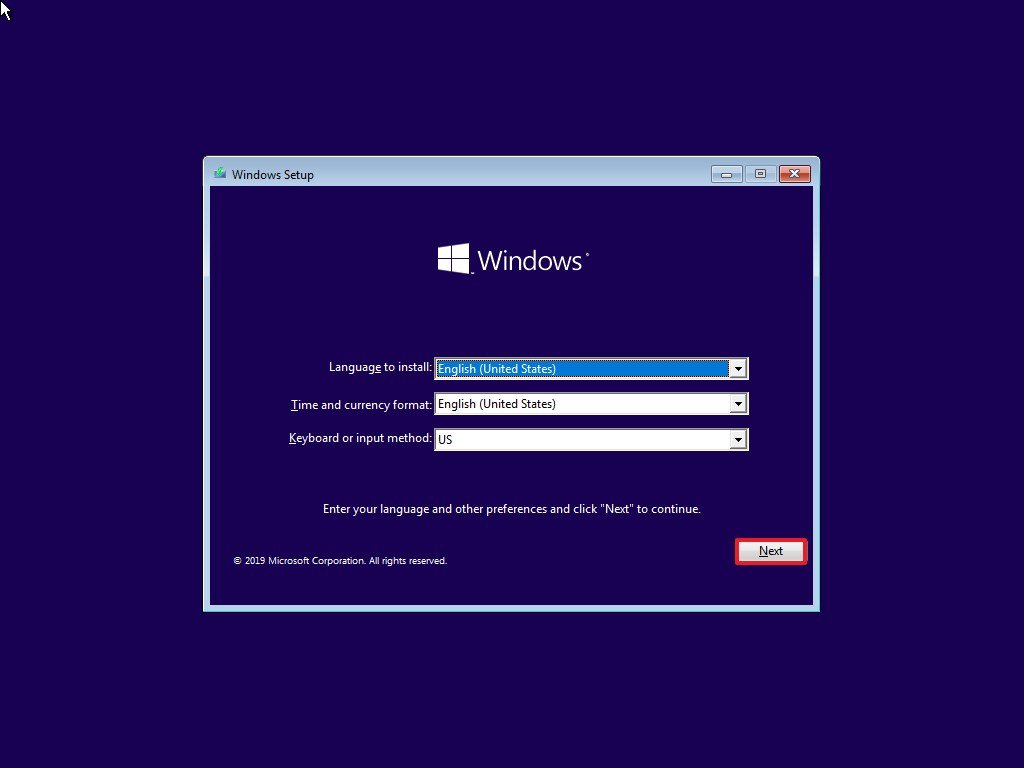
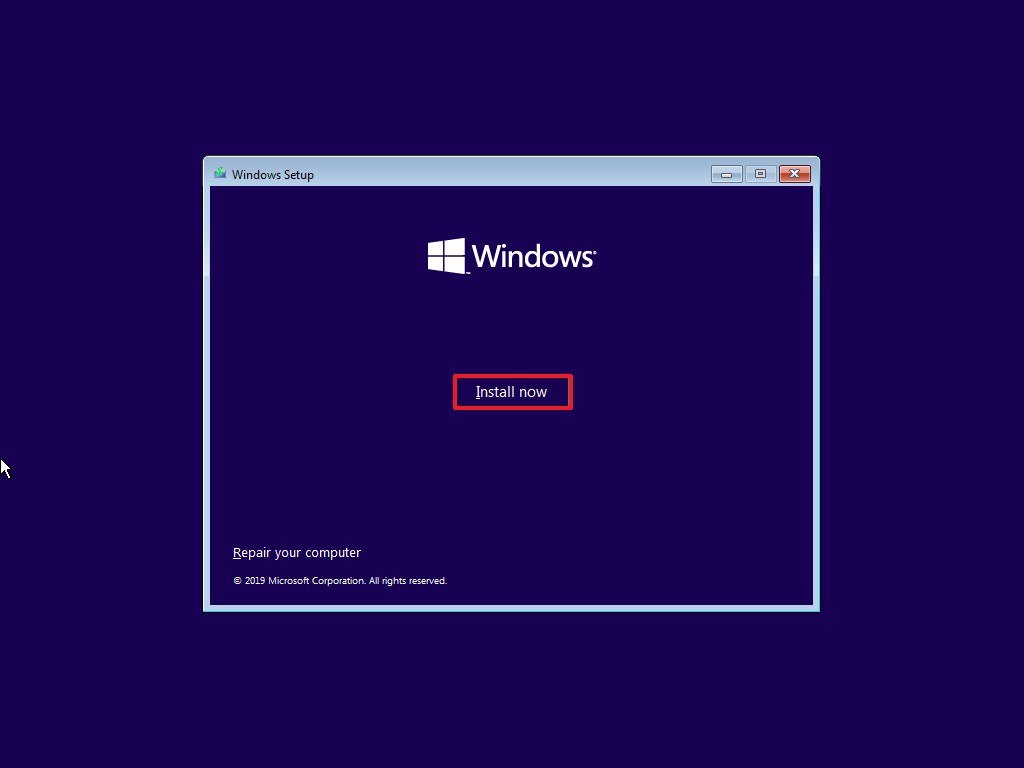
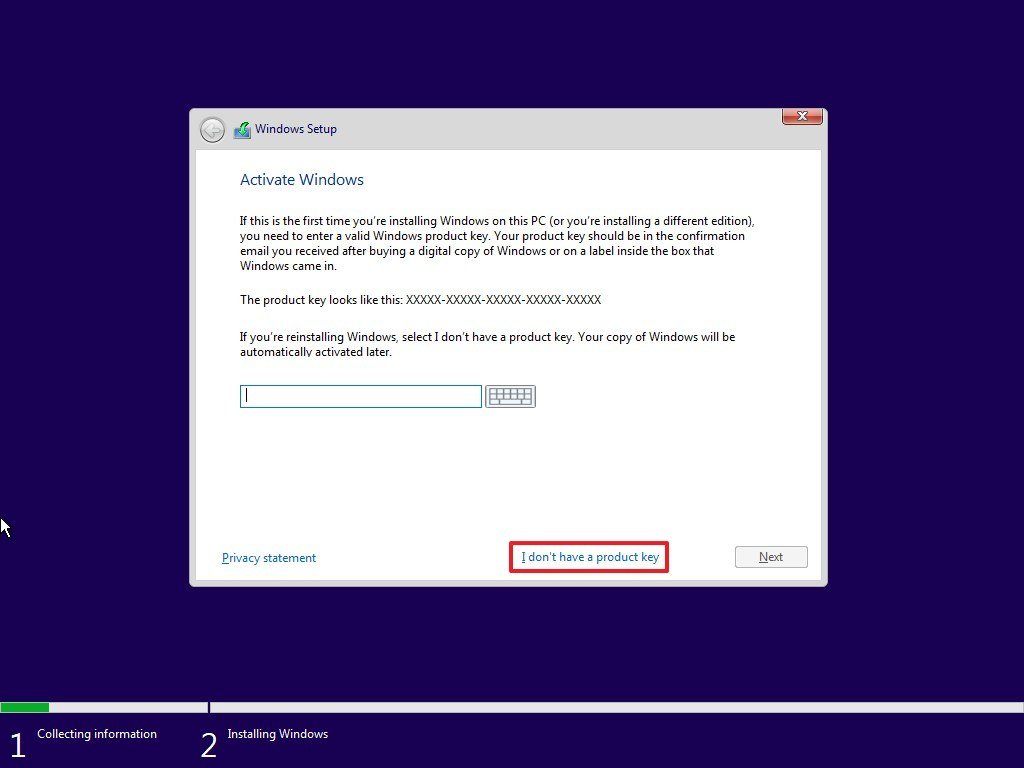
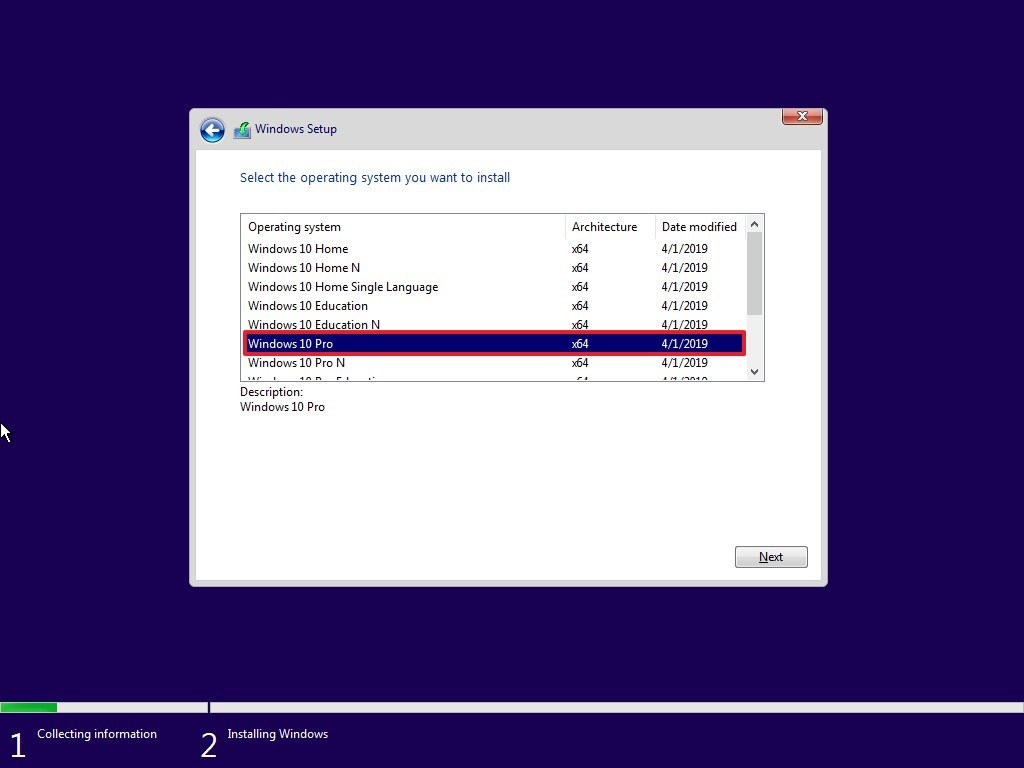

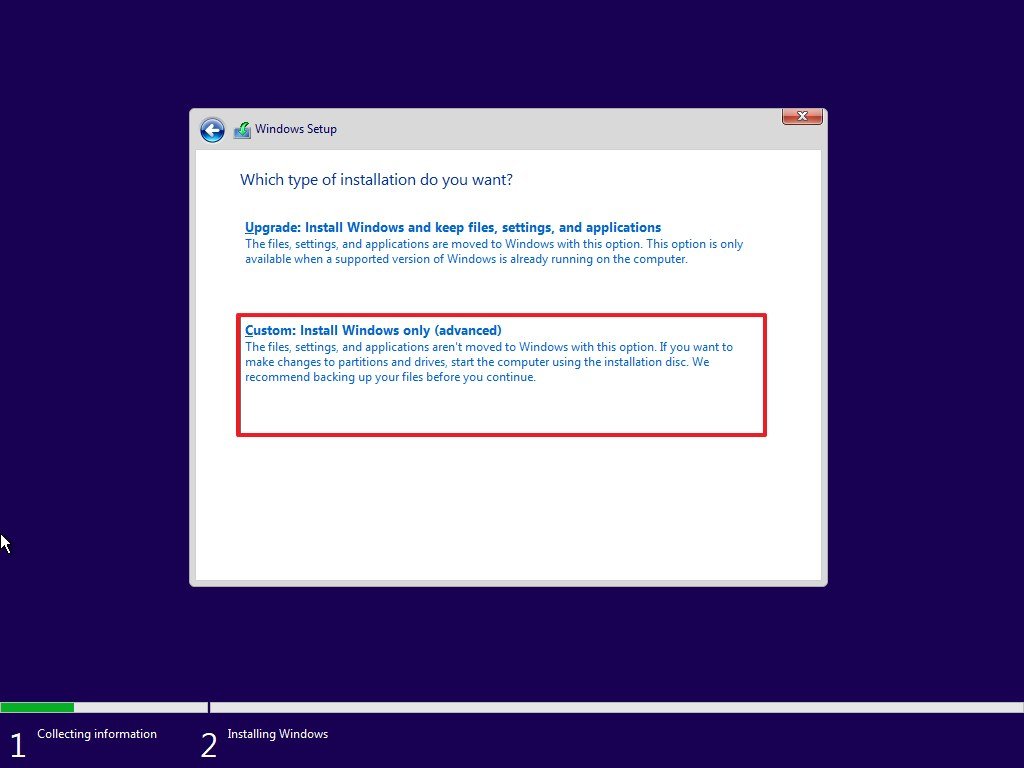
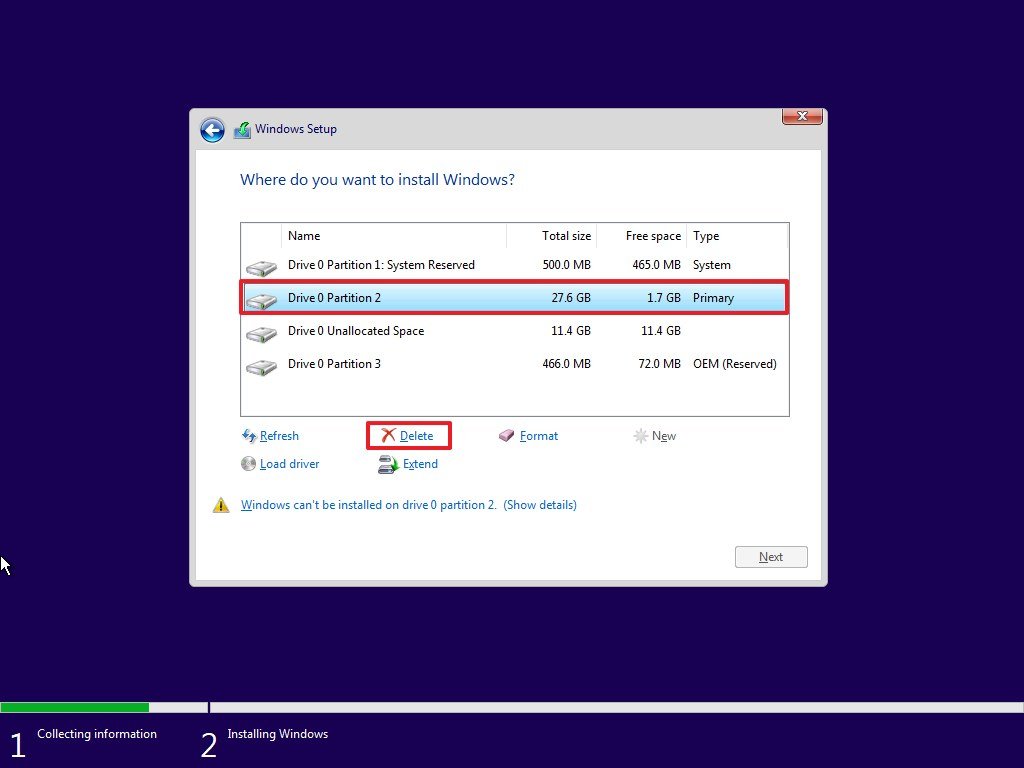




0 comments:
Post a Comment